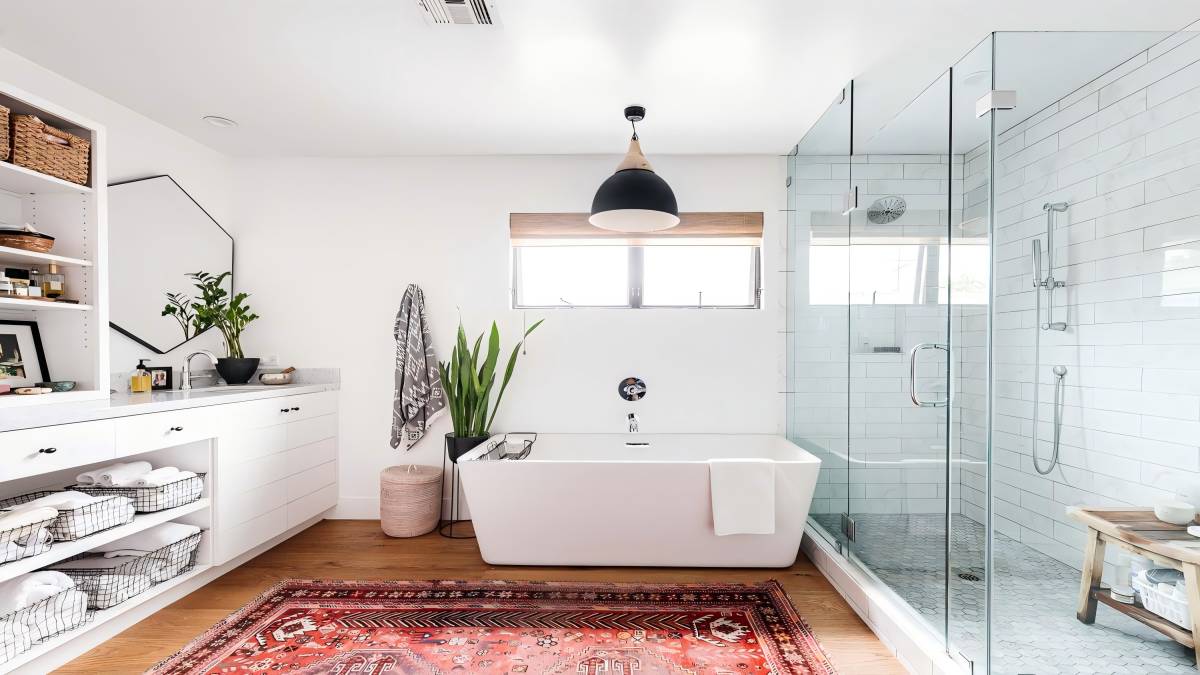How to Choose the Best Senior Living Apartment for Your Needs
If you’re 55 or older and want a simpler, lower-maintenance home, a senior apartment might be right for you. These apartments are a good option if you don’t need the extra care provided in assisted living. Finding the best senior apartment can be confusing.
To help, read on to learn how to choose an apartment that balances safety, accessibility, cost, and proximity to important people and places. This decision can greatly affect your quality of life, so it's crucial to find a place that matches your needs and budget.
Here’s a simple guide to help you make an informed choice.
What are senior living apartments?
A senior apartment is a residence that is exclusively built for older adults. These apartments are normally located within a larger community or building that has been specifically designed to meet their requirements.
There are no hard and fast rules about what makes an apartment "senior." Many require the residents to be at least 50, 55, or 62 years old.
A typical senior living apartment can have a lot of services and amenities near it, such as laundry facilities, cleaning services, fitness centers, sports fields, swimming pools, spas, beauty salons, clubhouses, and more.
Seniors typically tend to choose these types to minimize home maintenance while living with people of similar ages. They also offer various conveniences and can help lower monthly costs.
However, compared to other options for senior living, senior apartments usually have fewer resources. It is not the same as an assisted living facility.

What can you expect inside a senior apartment?
According to various experts, the following features are commonly found in senior living apartments.
●Minimal carpet and floor thresholds: This helps individuals with walkers or canes move easily between rooms.
●Walk-In Showers: These have seats and grab bars inside and outside. Bathtubs may be cut out for safer access.
●Grab bars: Installed in fall-prone areas like next to the toilet, bed, or living room.
●Small kitchen: With lots of counter space, islands are usually close to the fridge and oven for convenience.
●Adjustable Bed: Moves with the touch of a button for easier getting in and out of bed and more comfort.
●Wheelchair ramps: Instead of or next to stairs. Older buildings might have non-operable elevators during emergencies, so you might need to prove you can use the stairs in case of a fire.

What to look for in a senior apartment
Remember these things while searching for a senior apartment.
●Safety: The most important thing for a senior is safety. Find out if you will require round-the-clock employees or supervision. There are some communities where staff can be available all the time.
In addition to other security facilities, find apartments having emergence alert systems that enhance security. Check for basic safety enhancements such as grab bars, raised toilet seats, low-entry showers, and good lighting. Be sure there are no trip hazards.
●Accessibility: Choose an apartment with wider hallways and doorways, ramps, and elevators. Make sure door knobs and light switches are easily accessible.
For example, see whether bathroom/kitchen designs within the apartments meet your mobility needs once you get inside.
Observe if upper cabinets can be lowered in case one has difficulty reaching them too high up. Finally, check the area for walkability with well-maintained sidewalks and easy crosswalks.
●Evaluate the location: Where you choose to live as a senior citizen greatly affects your level of happiness and convenience.
Select an area that’s easy for relatives and friends who will constantly visit you. Being close to relatives can make things easier for you emotionally, as well as enable you to keep up with your social life.
●Access to services and amenities: Go for a neighborhood that is around essential services like grocery stores, medical facilities, or transport means. It should be easy for you to get what you want without going too far.
●Neighborhood and community atmosphere: Take a trip in the vicinity so that you get a feel of it. Is it safe or inviting? Does it have parks nearby or cultural events? The community must match your lifestyle and preferences.
Review the costs and contracts
For a well-informed decision, one has to understand the costs associated with living in senior housing. Check out these points:
●Monthly Fees: Instead of paying rent, utilities, and other services individually, monthly fees are levied by senior living facilities.
●Additional Charges: Understand that extra charges may be present for things like personal care, meals, or transportation. So make sure you know the total cost of staying in the community and how it fits into your budget.
●Contracts and Agreements: Carefully read over a contract before signing it and grasp this important document’s terms and conditions.
Look at how long the contract lasts as well as requirements concerning termination, including exit fees and penalties for breaching it. If necessary, consult a legal advisor about some clauses or terms that you do not understand.

Consider the future
Consider how well the community can adapt to your future needs when selecting senior living apartments. There are several factors to consider:
●Level of Care: You will need to select a community that can change as your health or care requirements do. For instance, one with a continuum of care will enable you to move into higher levels in case there is need.
●Community Culture: It is important to think about how the culture and social environment within the community will still be conducive for your life in old age. A supportive and interactive neighborhood directly impacts your happiness and satisfaction generally.
Choosing the right senior living apartment can greatly impact your quality of life. It’s important to consider factors like safety, accessibility, cost, and proximity to loved ones and essential services.
Senior apartments offer convenience and reduced maintenance, but they differ from assisted living facilities.
By evaluating your needs and preferences, touring potential options, and understanding costs, you can find an apartment that fits your lifestyle and budget. This decision is key to ensuring a comfortable and fulfilling living experience.
 1
1 1
1
